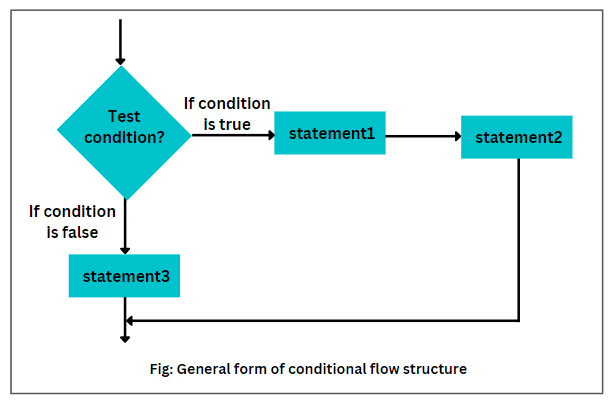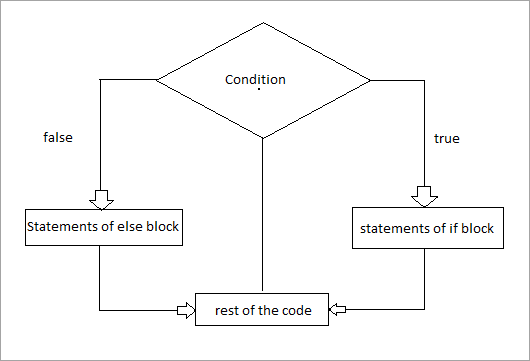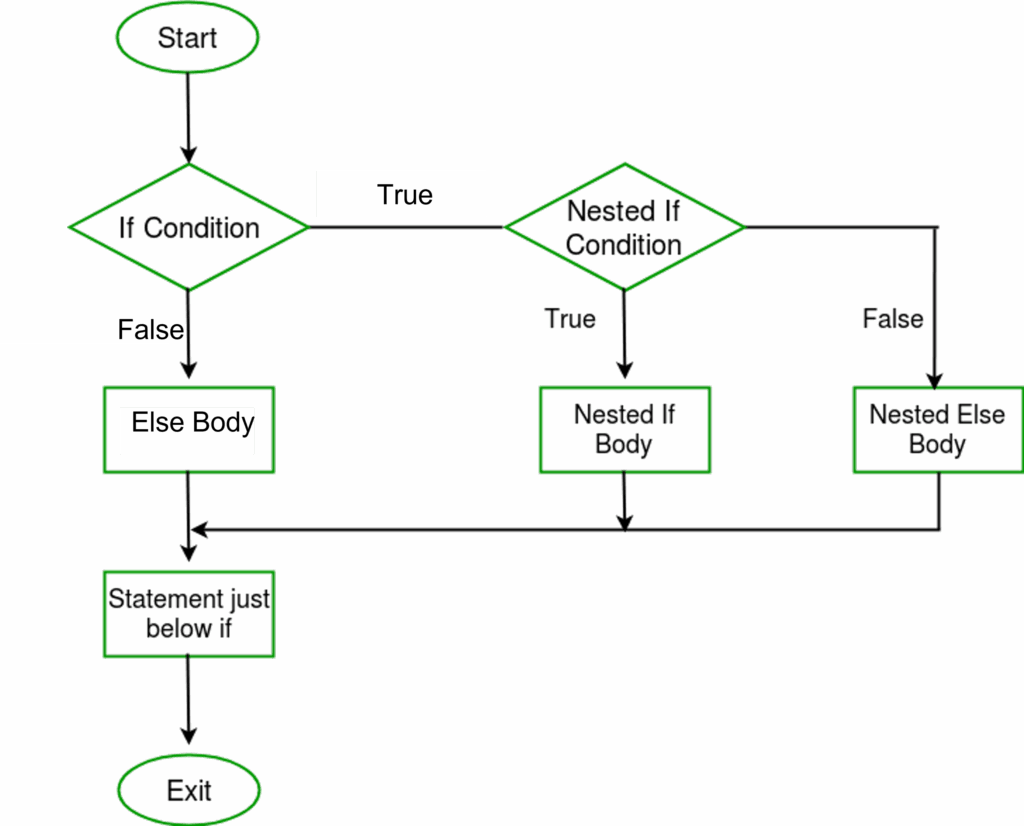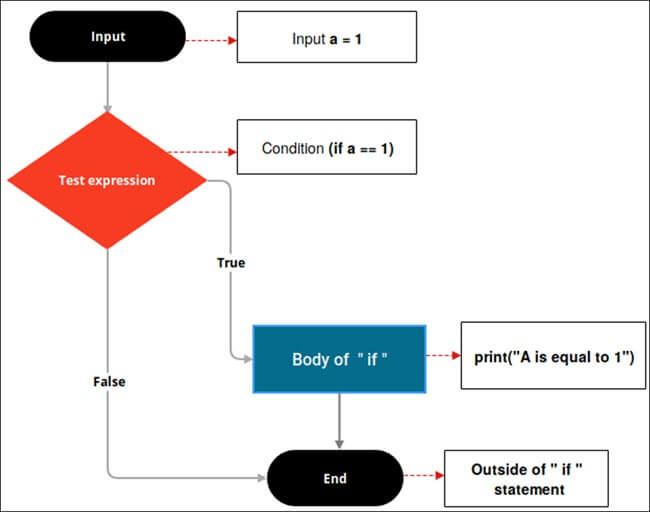Conditional statements are a fundamental concept in programming that allow for decision-making based on certain conditions. In simple terms, conditional statements evaluate whether a certain condition is true or false, and then execute specific code blocks accordingly. There are different types of conditional statements, such as if statements, if-else statements, and switch statements, each serving a specific purpose in controlling the flow of a program.
When creating a flow chart of conditional statements, it is important to visualize the logic behind the decision-making process. This can help programmers better understand the flow of their code and identify any potential errors or inefficiencies. A well-designed flow chart can also serve as a reference point for troubleshooting and debugging in the future.
Flow Chart Of Conditional Statements
How to Create a Flow Chart of Conditional Statements
To create a flow chart of conditional statements, start by identifying the conditions that need to be evaluated. This could be a comparison between two values, the result of a mathematical operation, or any other logical expression. Next, determine the actions that should be taken based on the outcome of the condition.
Using symbols and connectors, map out the flow of the conditional statements in a visual representation. Start with the initial condition and branch out based on the possible outcomes. Use arrows to indicate the direction of the flow and label each branch with the corresponding action to be taken. Make sure to include decision points and loops as needed to capture all possible scenarios.
Benefits of Using a Flow Chart for Conditional Statements
Creating a flow chart of conditional statements offers several benefits for programmers. It provides a clear and concise overview of the decision-making process, making it easier to understand and communicate with others. Flow charts also help in identifying potential errors or logical flaws in the code, as they highlight the different paths that the program can take.
Furthermore, flow charts can serve as a valuable tool for planning and organizing complex conditional statements. By visualizing the logic of the program, programmers can streamline their code and improve its efficiency. Overall, using a flow chart for conditional statements can lead to better-designed programs that are easier to maintain and debug in the long run.
By following these steps and considerations, programmers can create an effective flow chart of conditional statements that enhances their understanding of the code and improves the overall quality of their programs.
Download Flow Chart Of Conditional Statements
Python Conditional Statements If else Elif Nested If Statement
Conditional Statements In C NerdyElectronics
Conditional Flow Diagrams
If Statements Flow Chart




